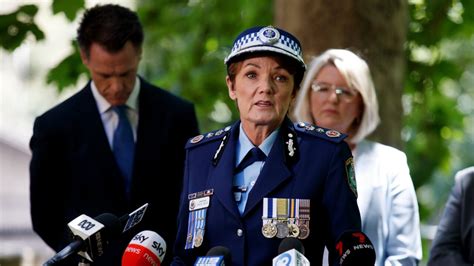Amelia Hamer, a Liberal Party candidate in the Kooyong region, made headlines not for her policy proposals but for an unexpected disclosure. The 31-year-old hopeful, with a prestigious lineage as the grand-niece of former Victorian premier Rupert Hamer, initially presented herself to constituents as a renter advocating for affordable housing and home ownership opportunities. However, recent revelations have surfaced about her real estate portfolio that has left many surprised.
“I took out mortgages to buy the apartments that I lived in.”
In a candid interview with Nine newspapers, Amelia Hamer confessed to owning two investment properties in Canberra and London while currently residing in Hawthorn as a tenant. The London flat alone was reported to be valued at over $1 million, with rental listings showing it priced at $3000 per month back in 2020. This stark contrast between her public persona as a renter championing housing affordability and the reality of her property ownership has stirred controversy within the electorate.
Expert Analysis:
To shed light on this twist in the election narrative, political analysts have weighed in on the implications of Amelia Hamer’s dual identity as both a renter and property owner. Independent MP Monique Ryan pointed out the discrepancy between Hamer’s portrayal of herself as a struggling renter and her undisclosed status as a landlord with multiple investments. Such contradictions have raised concerns about transparency and honesty in political representation.
As media scrutiny intensifies around this revelation, questions arise about how voters will perceive this newfound information when evaluating Amelia Hamer’s credibility and commitment to addressing housing issues if elected. The delicate balance between personal financial decisions and public advocacy for social causes has come under scrutiny with this disclosure.
The Unfolding Narrative:
Amidst growing interest from constituents seeking clarification on this matter, both Ms. Hamer and Ms. Ryan have been approached for comments regarding these developments. As discussions unfold within Kooyong and beyond, the spotlight remains firmly fixed on how candidates navigate such discrepancies between private choices and public personas during election campaigns.
From portraying herself as an “Oxford-educated renter” striving to break into the property market on national television to advocating policies aimed at making homeownership accessible for young Australians through her official platforms, Amelia Hamer finds herself entangled in a narrative that blurs the lines between personal wealth accumulation and political messaging.
The evolving saga of Amelia Hamar’s property holdings serves as a cautionary tale highlighting the complexities of perception management within contemporary political landscapes. As voters grapple with reconciling conflicting narratives presented by candidates vying for their support, trust becomes an increasingly precious commodity in shaping electoral outcomes.
In conclusion, Amelia Hamar’s journey from vocal advocate for renters’ rights to revealed property investor underscores the intricate dance politicians perform between authenticity and image curation in pursuit of electoral success amidst an ever-watchful public eye.









Leave feedback about this